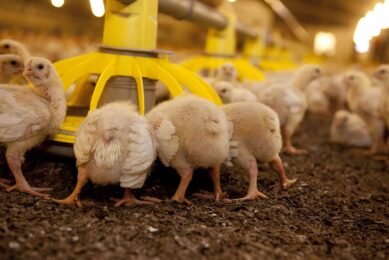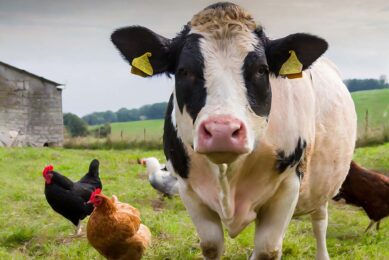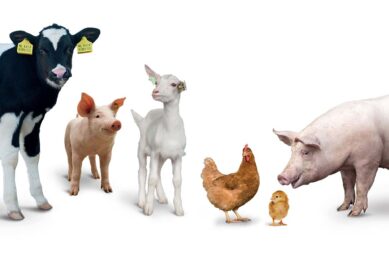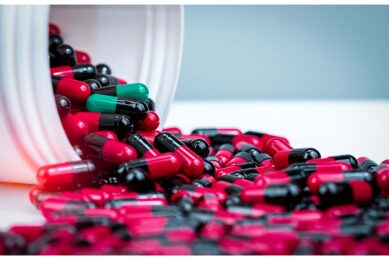C. perfringens in “no antibiotics ever” broiler farms
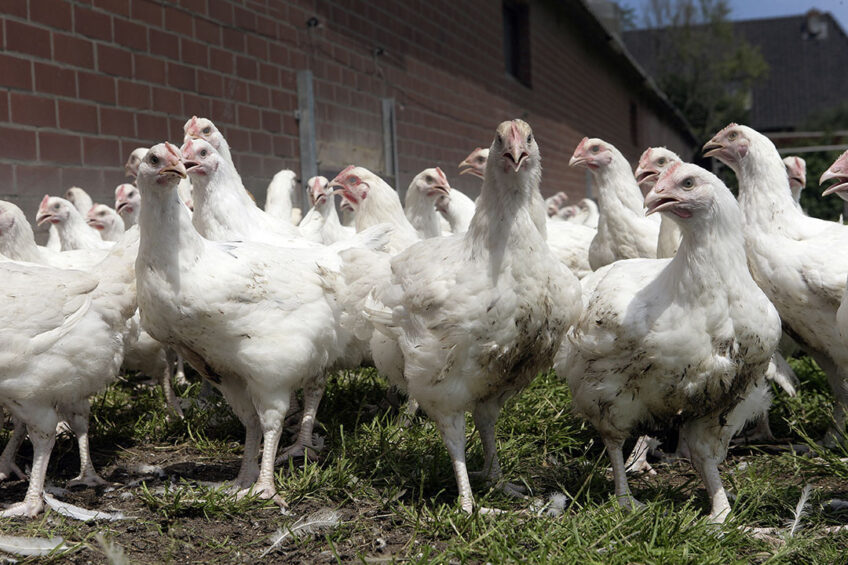
The prevalence and virulence of Clostridium perfringens in NAE commercial broiler farms is deemed higher than in farms using antibiotics. Research underpins that and advises year-round monitoring.
Clostridium perfringens (a sporeforming, Gram-positive anaerobe found in the gastrointestinal tract of animals and humans) is the etiological agent of necrotic enteritis and gangrenous dermatitis. These diseases cause, in broilers, significant economic and welfare concerns; the economic loss is estimated between USD$ 2 and $ 6 billion per year globally and the diseases cause a significant decrease in average daily feed intake of 40% and average daily gain of 16%.
Main barrier
The use of antimicrobial growth promoters (AGPs) was the main barrier against Clostridium infections in commercial broilers. AGPs protect by direct antibacterial effects, modifying the gut microbiota, reducing GIT inflammation, and improving the overall physical health of the GIT. However, due to concerns about antimicrobial resistance, broiler operations have limited their antibiotic usage.
Recently, it was estimated that more than 50% of the industry raises broilers without any antibiotics and only provided antibiotics when birds were sick. This type of broiler production is referred to as “no antibiotics ever” (NAE).
Broilers reared within NAE facilities are not allowed to receive any antimicrobials in feed, water, supplementation, or injection, at any point in the bird’s lifetime. However, compared to conventional production the removal of AGPs has increased mortality in NAE broiler production by 25 to 50% (NAE mortality 4.2%, conventional broiler production 2.9%). Also, the recent shift to NAE production has increased the incidence of Clostridium-related diseases. With greater disease-incidence and mortality rates, it is crucial to understand the prevalence and virulence characteristics of C. perfringens within commercial NAE farms. C. perfringens is classified into 5 toxinotypes (A, B, C, D, and E) based on their ability to produce major toxins. Toxinotype A is most associated with necrotic enteritis and gangrenous dermatitis in poultry.
Characteristics
In this study the prevalence and virulence characteristics of C. perfringens in NAE commercial broiler farms was determined. The four farms used in this study had converted to a NAE system six months before sampling and had no clinical history of necrotic enteritis or gangrenous dermatitis. Samples of litter, faeces, and cloacal swabs were collected in the summer of 2019, on d 28 and d 56 of one flock cycle. A total of 734 presumptive isolates were obtained from 192 samples collected in the study. Irrespective of the age of flock and sample type, all 192 samples contained at least one colony presumptively identified as C. perfringens, after further screening using PCR for confirmation, toxinotyping, and identification of virulence-associated genes, only 9 isolates were confirmed as C. perfringens. All confirmed isolates were toxinotype A, however more extensive studies are required to assess the prevalence and virulence of the strains. Although the prevalence of C. perfringens was very low, the isolates contained major virulence genes that may induce Clostridium-related disease. Clostridium disease should be closely monitored in NAE facilities year-round, especially in facilities that have chronic Clostridium-related outbreaks. By monitoring the prevalence of disease-causing C. perfringens in the NAE environment, NAE facilities could limit future outbreaks.
Authors:
Fancher, Thames, Colvin, Zhang, Nuthalapati, Kiess, Dinh and Sukumaran, Poultry Science




